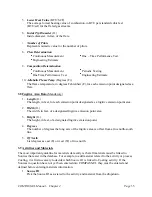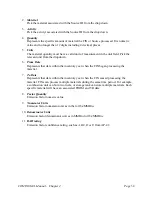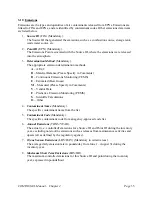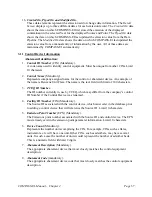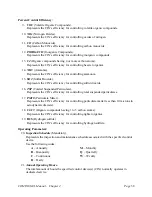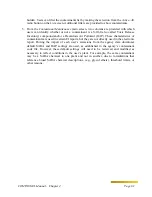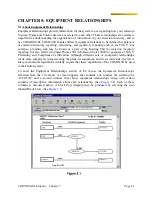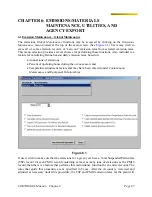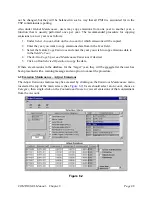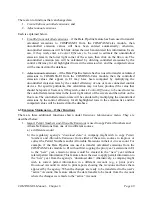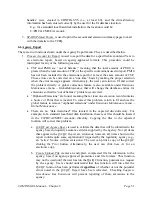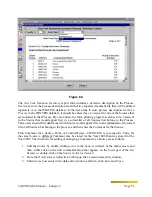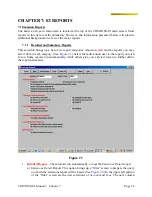
COMPASS-EI–Manual – Chapter 5
Page
45
definition, 100%. The percent flow for all equipment relationships that are connected in parallel
is less than 100%.
The sixth column
, entitled
Use Ozone
, is an “on/off switch”. It is used to indicate whether or
not the temperature adjustment factor, that may have been entered in the
Contaminants
Maintenance
detail screen, should be used in connection with the specified relationship when
calculating the Ozone Season daily rate of emissions. Ozone Season daily rate calculations
involve a standard calculation formula which is built into the EI program and an adjustment
factor that increases the emission rate commensurate with higher evaporation rates due to higher
ambient temperatures. The determination of when to apply the adjustment rate is based on the
specific source-point relationship, because uncontrolled sources, such as tanks and loading racks,
are often the only types of sources that require an adjustment factor. Thus, by setting the switch
to the appropriate setting for each source-point relationship, you may apply or not apply
adjustment rates during Ozone Season daily rate calculations that are performed. Generally
speaking, only equipment relationships that involve an atmospheric release of emissions would
be indicated as “
Yes
” in this column. For other relationships that are indicated as “
No
”, a factor
of “1” will automatically be applied regardless of the factor entered in
Contaminants
Maintenance
.
The seventh column
, entitled
Use Control
, is also an “on/off switch”. It is used only by the
Data Pipeline users to identify those equipment relationships for which the control efficiency of
connected Control Devices should be applied during the copying process to take credit for
emission abatement. It is presumed to be “
Yes
”, due to the predominant practice of calculating
uncontrolled emission rates in the chemical-specific emission rate determination by users.
However, where it is more convenient and/or more consistent with prevailing methods to use
control factors in formulas that estimate emissions, the switch should be “
No
”. Where indicated,
control efficiencies for, say, “VOC from a Flare,” would be supplied to the agency in the
electronic report, even though the Data Pipeline procedures did not use the reported control
efficiencies for the flare to compute actual emissions.
The eighth column
contains the
Control Device Status
. This is used in both the Data Pipeline
feature to copy emission rates from the COMPASS-Calcs module into the EI emissions database,
as well as in the block flow diagrams. A single device, or no device, is represented by the
selection “
Sole
” from the drop-down status list. This information is only required for users that
will use the Data Pipeline feature to copy emission rates from the COMPASS-Calcs module into
the EI emissions database. Control device status cannot be inferred from the agency data
download, so it is blank when users first review the
Equipment Relationships
detail screen.
Clicking on the
Defaults
icon will automatically insert the status
Sole
for each relationship. The
user will need to correct the default settings to better represent a device that is first in series,
versus a device that is last in series, for example. The terms “
first in parallel
” and “
last in
parallel
” refer to the order of presentation in the block flow diagram, rather than the physical
configuration.



